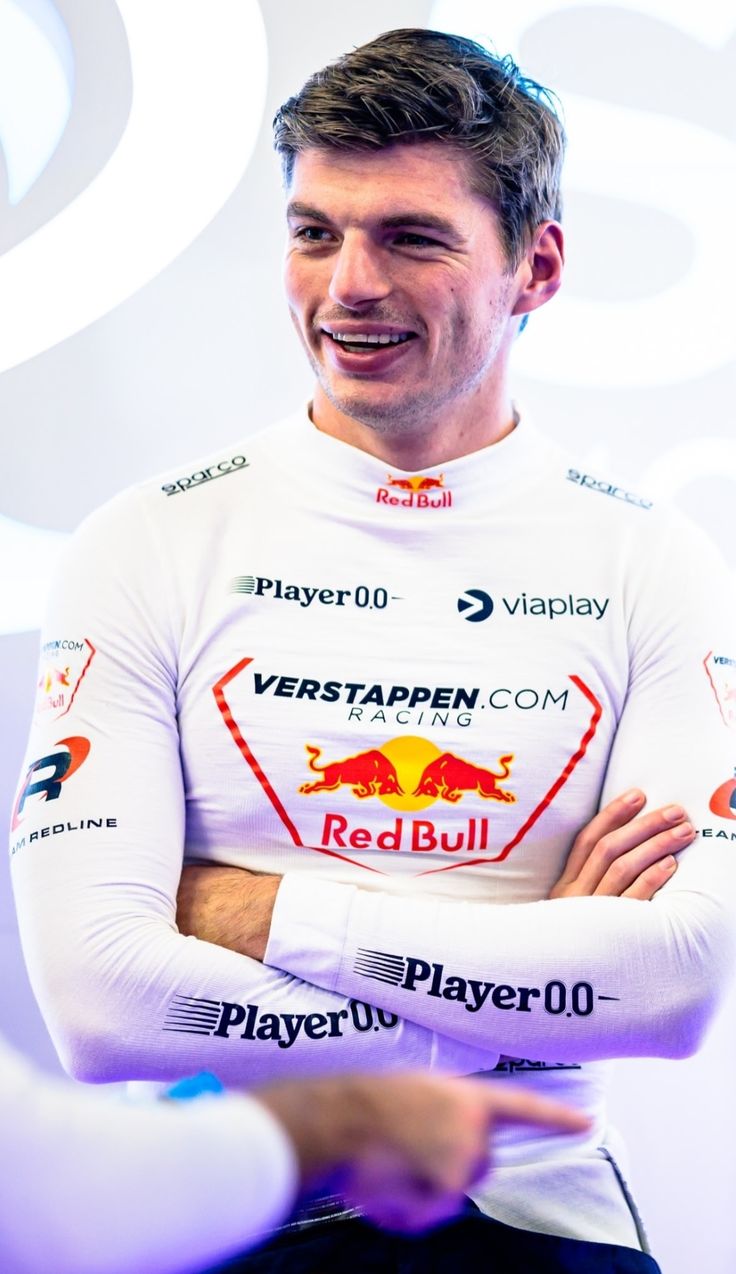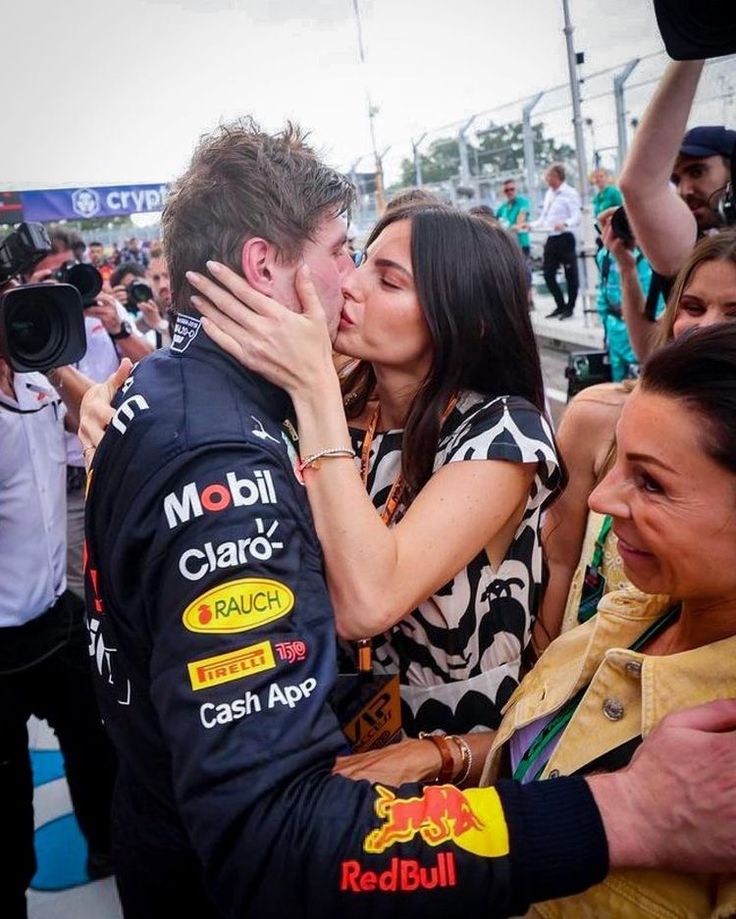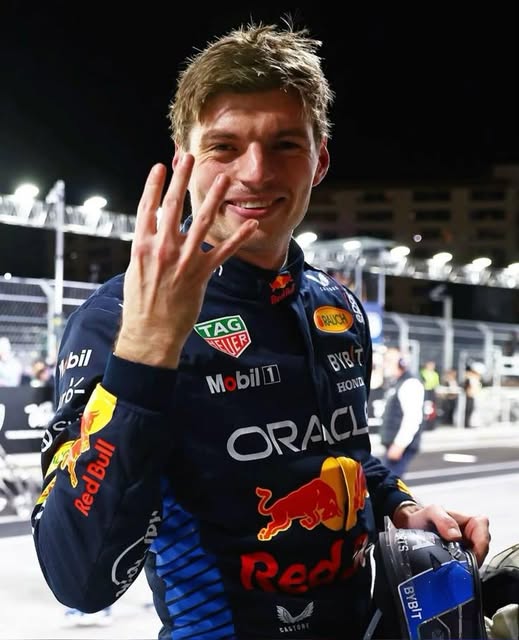Introduction: A Thrill Ride That Shook the Motorsport World

When Max Verstappen takes the wheel, the motorsport world watches with bated breath. But this time, it wasn’t a Grand Prix circuit or a championship-deciding lap — it was the legendary Nürburgring Nordschleife, a track steeped in history, danger, and adrenaline.
Known as the “Green Hell,” the 20.8 km Nordschleife is not part of the current Formula 1 calendar. Yet Verstappen’s rare and daring run there, piloting the Red Bull RB8, has reignited fan passion, stirred nostalgic echoes, and ignited debates in paddocks worldwide.
From technical insights to emotional reactions, this blog breaks down why Verstappen’s Nürburgring feat is more than a publicity stunt — it’s a powerful statement. Let’s explore how F1’s reigning champion tackled the iconic track, what his rivals really think, and why this event might change how F1 approaches historic circuits.
Max Verstappen’s Nordschleife Run: Everything You Need to Know
1. Why Did Verstappen Drive on the Nordschleife?
Red Bull Racing organized the event as part of a Red Bull Formula Nürburgring showcase — a promotional spectacle aimed at connecting modern F1 prowess with motorsport history. The last F1 car to appear on the Nordschleife was Michael Schumacher’s Mercedes in 2013, but Verstappen’s lap was different: this wasn’t a demonstration; it was a high-speed, adrenaline-filled performance.
Though not an official timed lap, Verstappen’s pace was breathtaking — proving once again that he is not only dominating modern circuits but also unafraid to flirt with danger on tracks long retired from F1 for safety concerns.
2. What Car Did Verstappen Use?
Verstappen drove the Red Bull RB8, the 2012 championship-winning machine powered by a 2.4-liter V8 Renault engine. The car was modified for safety and endurance on the Nordschleife, including higher ride height and suspension tweaks — necessary to handle the circuit’s elevation changes and bumpy surface.
Key Stat: The Nordschleife features over 150 corners, with 300 meters of elevation change — a true test for any driver and machine.
F1 Rivals React: Applause, Caution, and Curiosity
Verstappen’s bold move drew immediate reactions from fellow F1 drivers — some awe-struck, others skeptical.
3. Lewis Hamilton: “It’s Cool, But Risky”
Seven-time world champion Lewis Hamilton praised Verstappen’s skill but warned about the risks:
“That track is insane. It’s beautiful, but I wouldn’t do it in an F1 car at speed. Hats off to Max — takes guts.”
Hamilton’s comments highlight the lingering concern: the Nordschleife is not FIA-compliant for modern F1 due to lack of run-off areas, outdated barriers, and blind crests.
4. Charles Leclerc: “I’d Love a Go!”
Ferrari star Charles Leclerc took a different tone:
“It looks like fun. I’ve done it in simulators but never in a real F1 car. If Max can do it, maybe I’ll get my chance too.”
This enthusiasm underscores a growing appetite among younger drivers to reconnect with historic tracks in real-world settings, even if just for exhibitions.
5. Fernando Alonso: “F1 Needs Moments Like This”
Veteran Fernando Alonso applauded the initiative, calling it a “marketing masterstroke” and a reminder of the sport’s roots:
“Fans love seeing cars where they don’t belong. It makes headlines. It builds emotion. F1 could use more of this.”
Why the Nordschleife Matters — Especially Now
With modern F1 circuits heavily sanitized for safety and commercial viability, the Nordschleife represents a raw, emotional throwback to a time when courage and control were paramount.
6. Rekindling Motorsport Romance
The Nordschleife’s mythical status among fans is unmatched. Its complex curves, lush surroundings, and extreme challenges conjure nostalgia and reverence. Verstappen’s appearance revives that magic — and in doing so, he connects the past and present in a way few others could.
7. Fan Engagement Skyrockets
The buzz around the event was explosive. Within 48 hours of the official Red Bull video release:
- Over 8 million YouTube views
- #Nordschleife trended globally on X (formerly Twitter)
- A 300% surge in Nürburgring ticket inquiries for future showcases
Fact: Verstappen’s run generated more digital impressions than the entire Spanish Grand Prix weekend.
This surge shows how storytelling and spectacle — not just races — can elevate F1’s appeal to casual fans and hardcore gearheads alike.
Frequently Asked Questions (FAQs)
Q: How fast did Verstappen go on the Nordschleife?
There was no official lap time due to safety and promotional restrictions, but telemetry suggests Verstappen hit speeds of over 290 km/h on the Döttinger Höhe straight.
Q: Is it legal to run F1 cars on the Nordschleife?
Yes, under special conditions. The lap was part of a closed-circuit promotional event with all safety protocols in place — not an official race.
Q: Will the Nordschleife return to the F1 calendar?
Highly unlikely. The FIA has deemed the circuit non-compliant with modern safety standards. However, more exhibition events may be organized, especially given the success of this run.
Q: Why the RB8 and not a 2023 car?
Modern F1 cars are designed for smoother, modern circuits. The RB8’s V8 engine and mechanical setup made it more suitable for the rougher Nordschleife. Plus, older cars evoke stronger nostalgia.
What This Means for Formula 1’s Future
Verstappen’s run isn’t just a PR stunt — it’s a strategic shift in how F1 and its stars engage with audiences. Here’s why it matters:
8. The Rise of Experiential F1
In an age of digital media and declining TV attention spans, F1 needs viral moments — and Verstappen delivered one. By stepping outside conventional boundaries, Red Bull positioned itself as not just a team, but a media powerhouse.
9. A Blueprint for Other Teams?
Expect other teams to capitalize on this model. Imagine Leclerc at Monaco’s old layout, or Hamilton at Brands Hatch in a Mercedes W12. These opportunities offer engagement beyond the traditional 24-race calendar.
10. Emotional Branding: F1’s Untapped Superpower
This event proved something crucial: fans crave emotion and history, not just lap times. Verstappen’s drive rekindled why millions fell in love with motorsport in the first place.
Conclusion: More Than a Lap – A Legacy in Motion
Max Verstappen’s run at the Nordschleife wasn’t just a lap — it was a powerful symbol. A champion connecting eras, a team pushing media boundaries, and a sport rediscovering its heart.
From rival admiration to fan obsession, the ripple effects are undeniable. It’s a wake-up call to Formula 1’s decision-makers: emotion, heritage, and spectacle still win hearts.
As the 2025 season ramps up, Verstappen’s audacious move will remain one of the year’s defining moments — not just because of the speed, but because of what it reminded us about Formula 1’s soul.


